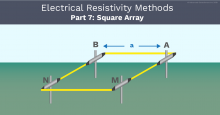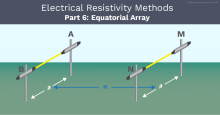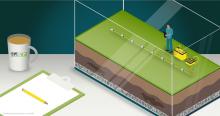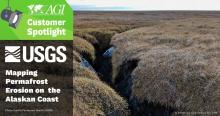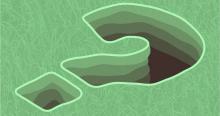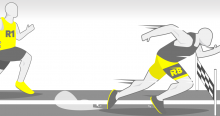Quick Tip: What attracts animals to your ERI survey (and how can you stop them)?
Electrical Resistivity Surveys mostly happen outdoors. Of course, you can perform small-scale tests indoors, but most clients aren’t going to give you such a comfortable project. So you’ll need to make your way outdoors into the heart of mother nature. And as such, you’ll be sharing your space with all manner of wildlife.
Some animals will shy away if they notice you working around their habitat. Others can be more curious—or attracted to some aspects of the survey.


